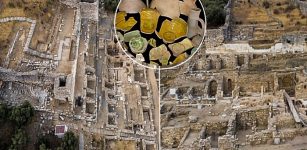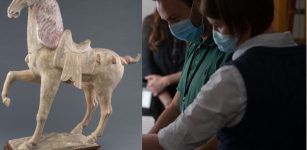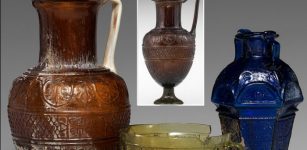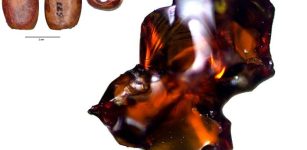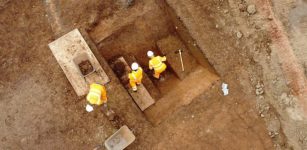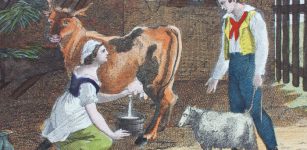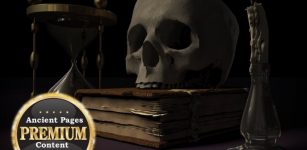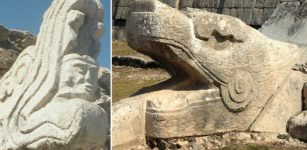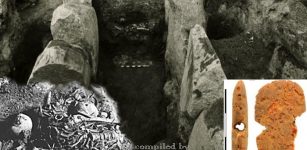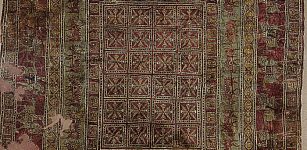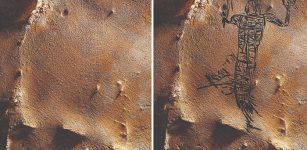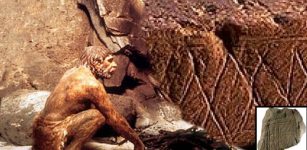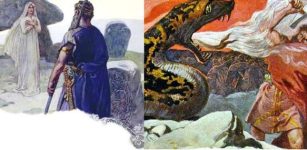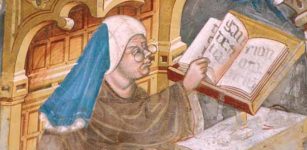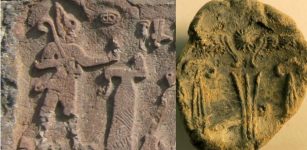Face-To-Face Encounter With Young Scottish Soldier Who Lived And Died Over 300 Years Ago
AncientPages.com - A skull of a young Scottish soldier who was imprisoned and died in Durham following the Battle of Dunbar in 1650, has been re-assembled and reconstructed by experts at Face Lab, based at Liverpool John Moores University.
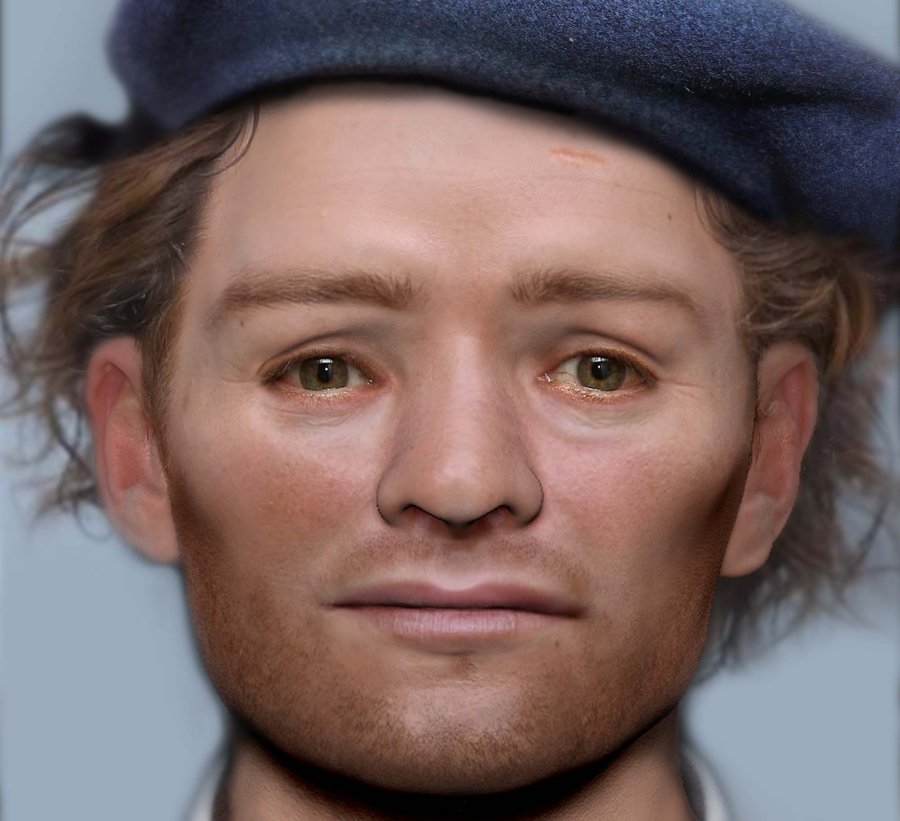
The face of one of the Seventeenth Century Scottish soldiers who was imprisoned and died in Durham following the Battle of Dunbar in 1650. Credits: Face Lab LJMU
Durham University researchers have conducted research on the skeletons found in Durham in November 2013. Analysis of other skeleton remains unearthed at the site, concluded that the Scottish soldiers were taken prisoner after the 1650 Battle of Dunbar
“Durham University wanted to work with Face Lab as they specialize in the reconstruction of faces for archaeological and forensic purposes,” said Professor Chris Gerrard, of Durham University's Department of Archaeology and Project Lead for the Scottish Soldiers Archaeology Project.
“We wanted to take our research into these individuals one step further and really help people to relate to the Scottish soldiers.
“The resulting image is a poignant opportunity to come face to face with a young man who lived and died over 300 years ago.”
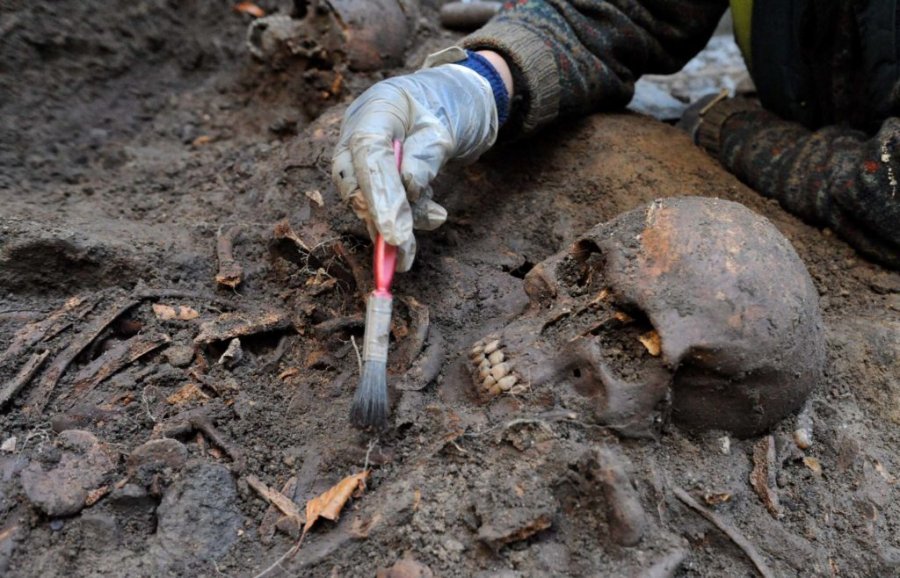
Soldier's remains discovered in 2013. Credits: museumcrush.org
A digital reconstruction of one of the skulls was created by Face Lab experts, who used data on the age of the individual at death, to build up the facial features.
The very latest techniques used to create this unique facial image, include “3D craniofacial depiction system with digital modelling software and facial and anatomical datasets, which can provide the most accurate and lifelike, images of an array of fascinating archaeological and forensic art depictions,” explained Professor Caroline Wilkinson, of Face Lab.
“In this case, our collaboration with Durham University enabled us to draw on scans and data to create the most accurate and lifelike image possible to enable a true glimpse into the past of this Scottish soldier and how his life had been lived,” she said.
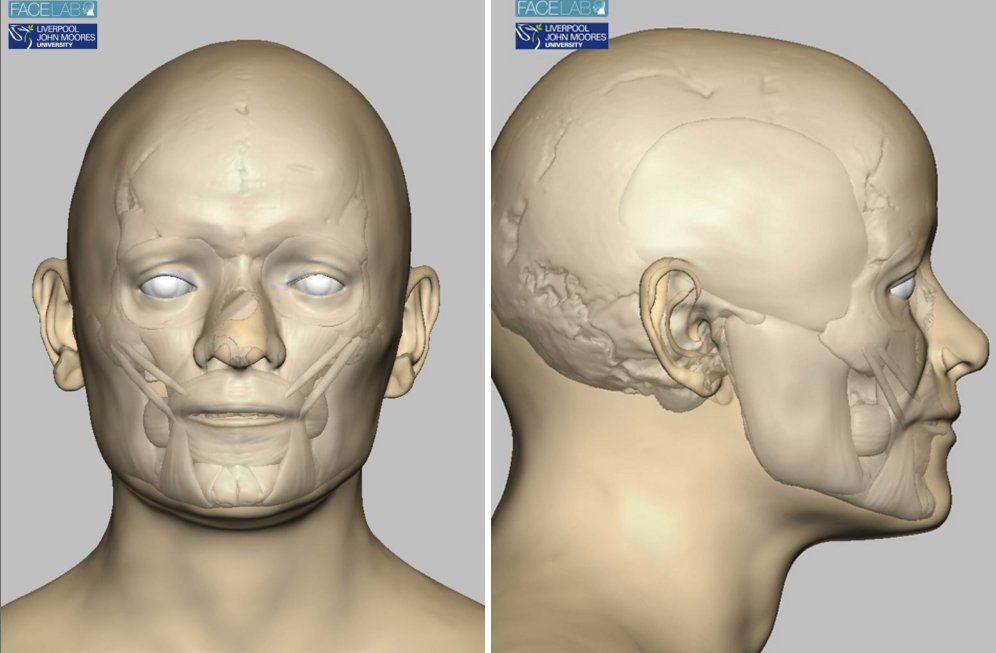
Left: Skull muscles and skin. © Face Lab LJMU; Right: Side view of the muscles and skin. © Face Lab, LJMU
Earlier, Face Lab reconstructed historical figures including Robert the Bruce, Richard III and St Nicholas.
The Scottish soldier is depicted wearing the blue bonnet, brown jacket and shirt typical of Scottish soldiers of the time. He was aged between 18 and 25 when he died, had suffered periods of poor nutrition during childhood and had lived in South West Scotland during the 1630s.
Once research on the remains is completed they will be reburied at the Elvet Hill Road Cemetery in Durham City, close to where the remains were originally found.
Battle of Dunbar
The Battle of Dunbar was one of the most brutal and short battles of the Seventeenth Century civil wars, after which thousands of soldiers were marched over 100 miles from the South East of Scotland to Durham in North East England. Around 3,000 soldiers were imprisoned in Durham Cathedral and Castle, at a time when the Cathedral was empty and abandoned.
More information about the digital reconstruction is available online.
Original story - here.
AncientPages.com
Expand for references

